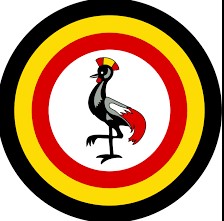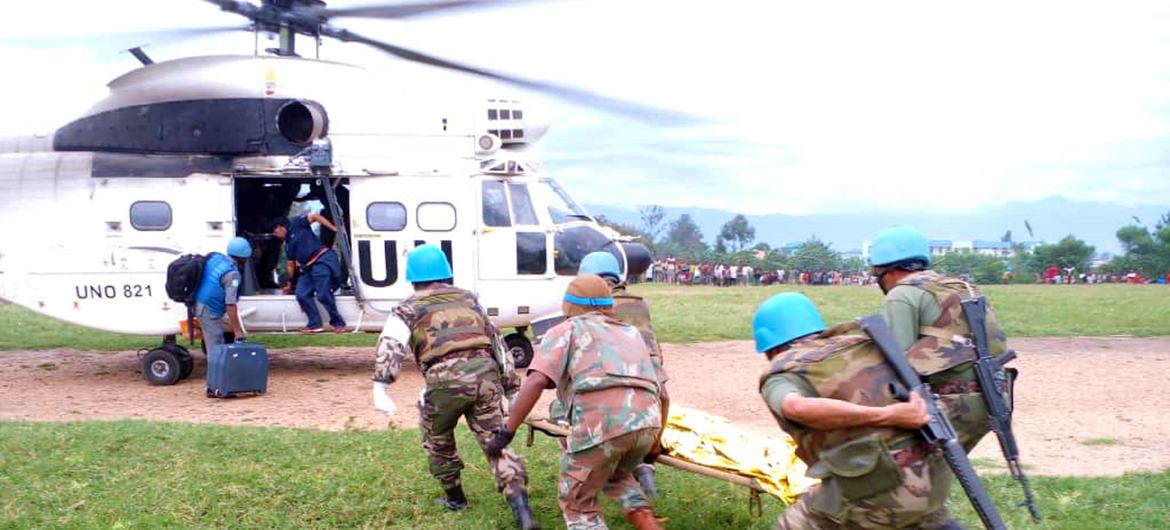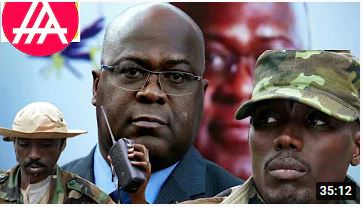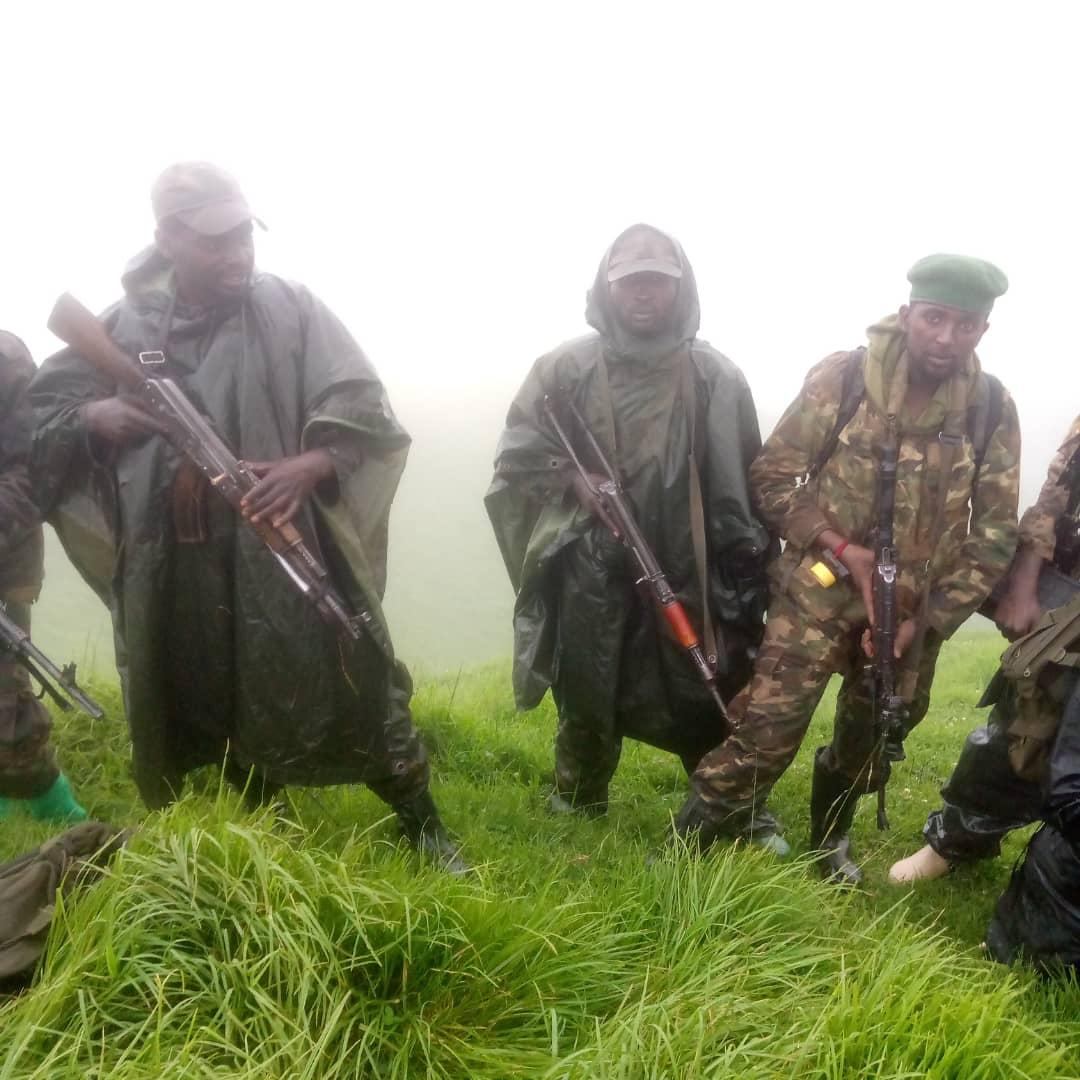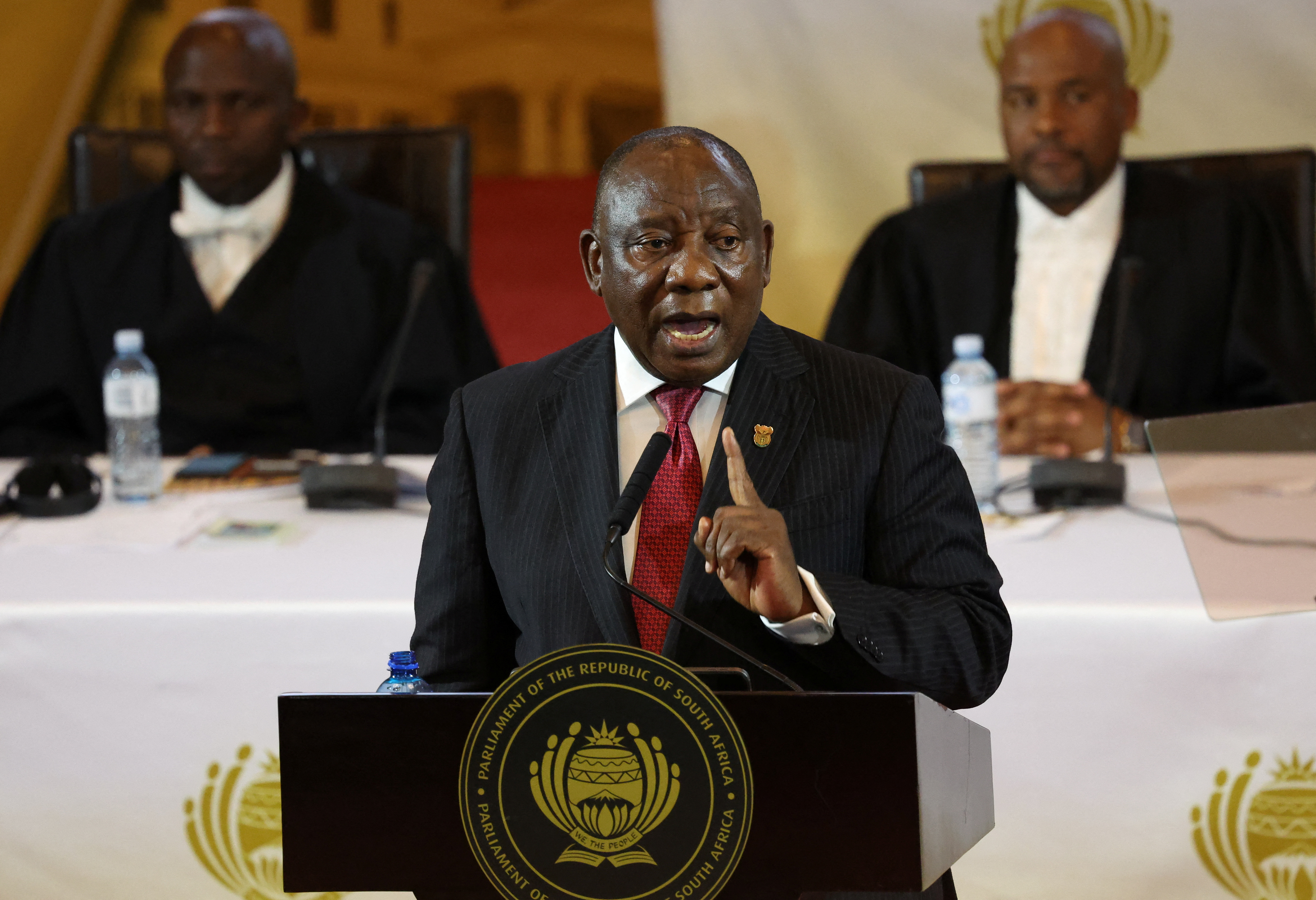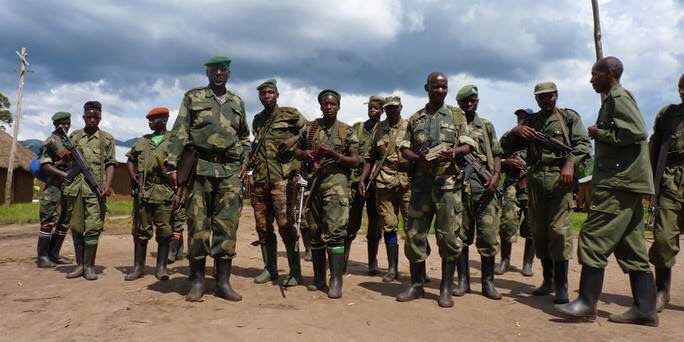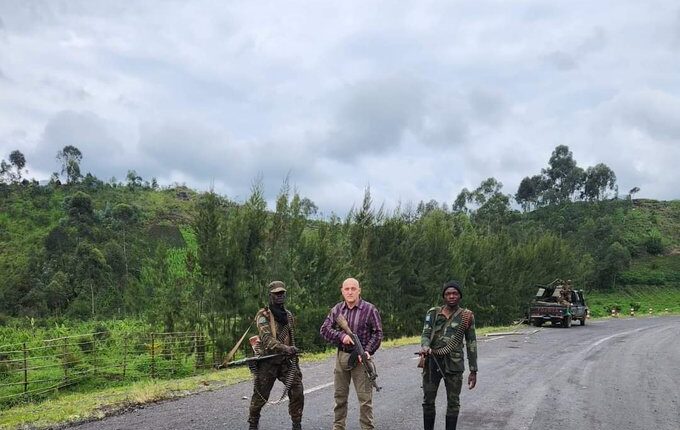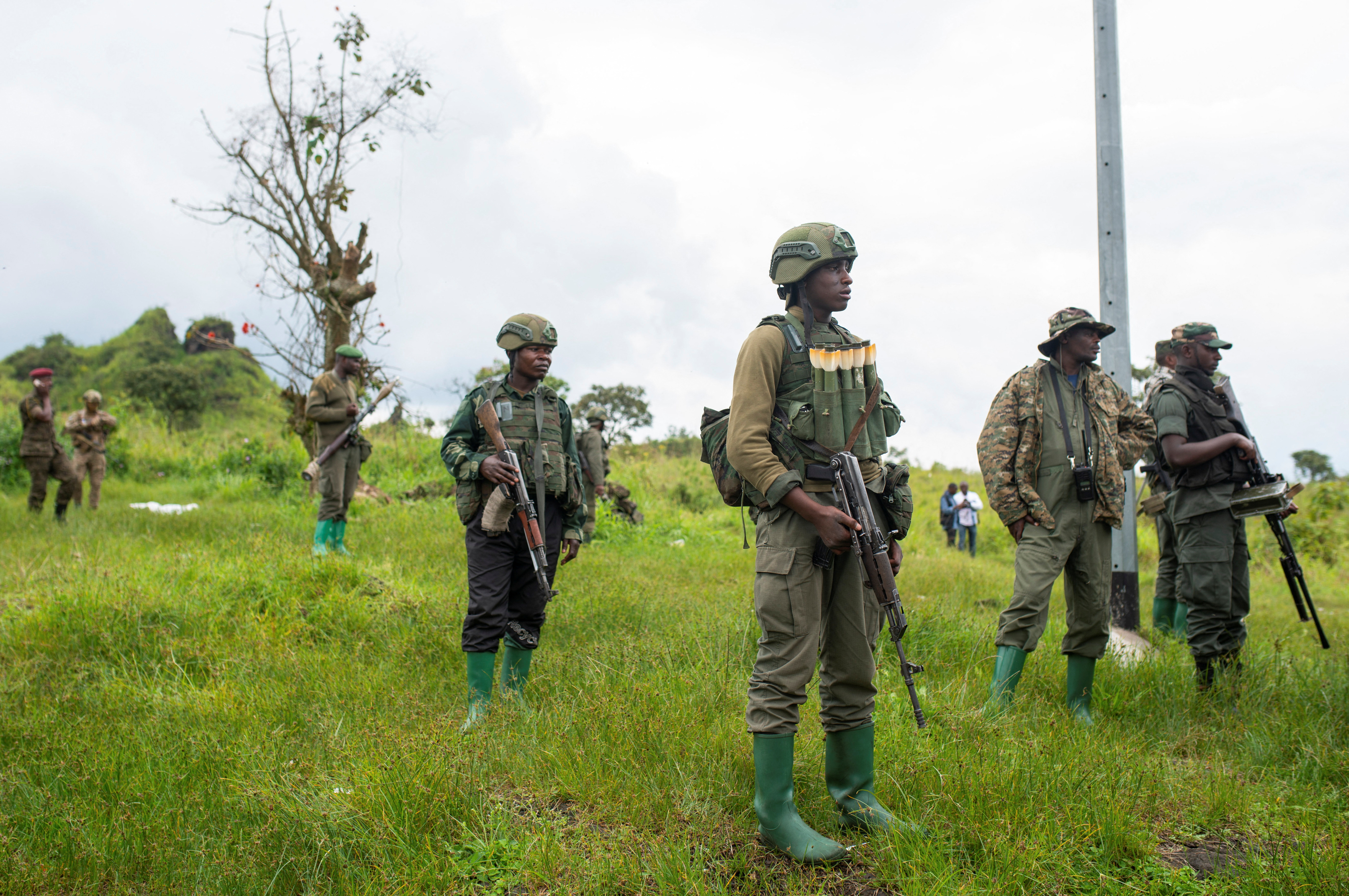International
SADC deployment to DRC betrays Mwalimu Julius Nyerere’s values
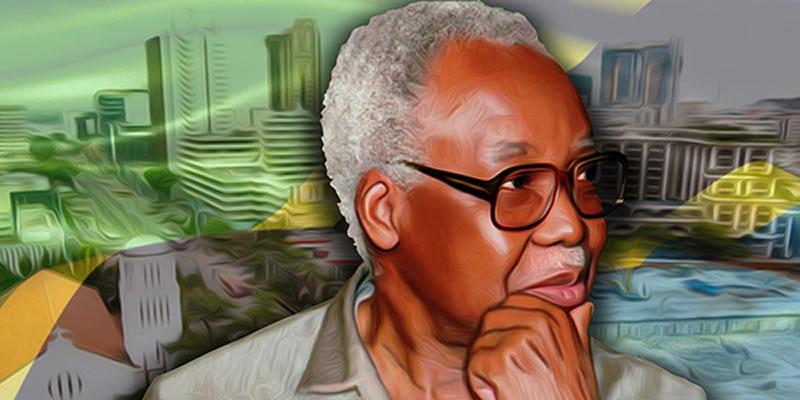
In December 2023, the Southern African Development
Community (SADC) deployed forces to the Democratic Republic of the Congo (DRC) ostensibly
to address the unstable and deteriorating security situation prevailing in eastern
DRC.
This was supposedly in line with SADC’s mutual defense
pact which states that any armed attack perpetrated against one of the state
parties shall be considered a threat to regional peace and security and shall
be met with immediate collective action.
SADC announced that its mission in DRC, SAMIDRC, was
deployed to support the Congolese government to restore peace and security in its
volatile eastern region which has witnessed an increase in conflicts and
instability caused by the resurgence of armed groups.
Over 25 years after former Tanzanian President Mwalimu
Julius Nyerere passed away, we see African nations coming into DRC, guns
blazing, to prevent the Congolese Tutsi from returning home. Had they come in,
offering a peaceful avenue, it would have appeared consistent with the
philosophy of their founding fathers. But they didn’t.
However, what SADC did in deploying with a mission to
fight the M23 rebels and remove them from their captured territory in Sake,
some 25 kilometers north-west of Goma, and precisely attempting to take control
of Rubaya mine in Masisi, North Kivu Province, was betraying Nyerere’s efforts
of building a united, liberated Africa.
African leaders unveiled Nyerere’s statue at the AU Summit
in Addis Ababa on February 19, for he played a key pioneering role in the
establishment of the Organization of African Unity (OAU), in 1963, which later
became the African Union, in 2002. Nyerere was also one of the founding fathers
of SADC in pursuit of the continent’s unity and solidarity.
His dedication to attaining unity went beyond national
boundaries and national interest. Unfortunately, SADC is placing all his
efforts in vain.
In all his speeches Nyerere stressed unity among
Africans, and on the conflict in the east of DRC on December 4, 1996 while in
New York, he blamed the Zairean government for causing the crisis in the Great
Lakes region by seeking to expel the ethnic Rwandans who have lived within its
territory for centuries.
The ethnic Rwandans, called Banyamulenge, had been
living in eastern Zaire since the time the region was part of Rwanda, he told
an audience of UN ambassadors, representatives of UN agencies as well as journalists.
"No government has a right to deny them their
right of citizenship," said Nyerere.
He called for the respect of the borders which were
agreed between the Germans and Belgians, adding that, “we must also say respect
the people whom you received under that partition.”
“You can’t turn around and say, we no longer want you,
you are no longer citizens of our country. What are you going to do? Are you going
to return them alone or you return them with piece land? You can’t say go home;
home where? We couldn’t, in Tanzania, get fed up with Maasai and say the Maasai
go home to Kenya. Kenya is not their home; these are Maasai of Tanzania.”
Nyerere was a visionary leader, a true Pan-African,
who supported most struggles of liberation, and mentored many post-independence
leaders in Dar-es-Salaam.
Mwalimu hosted and generously offered his good offices
to peace talks, whenever he was called upon.
But, today, he is being betrayed.


